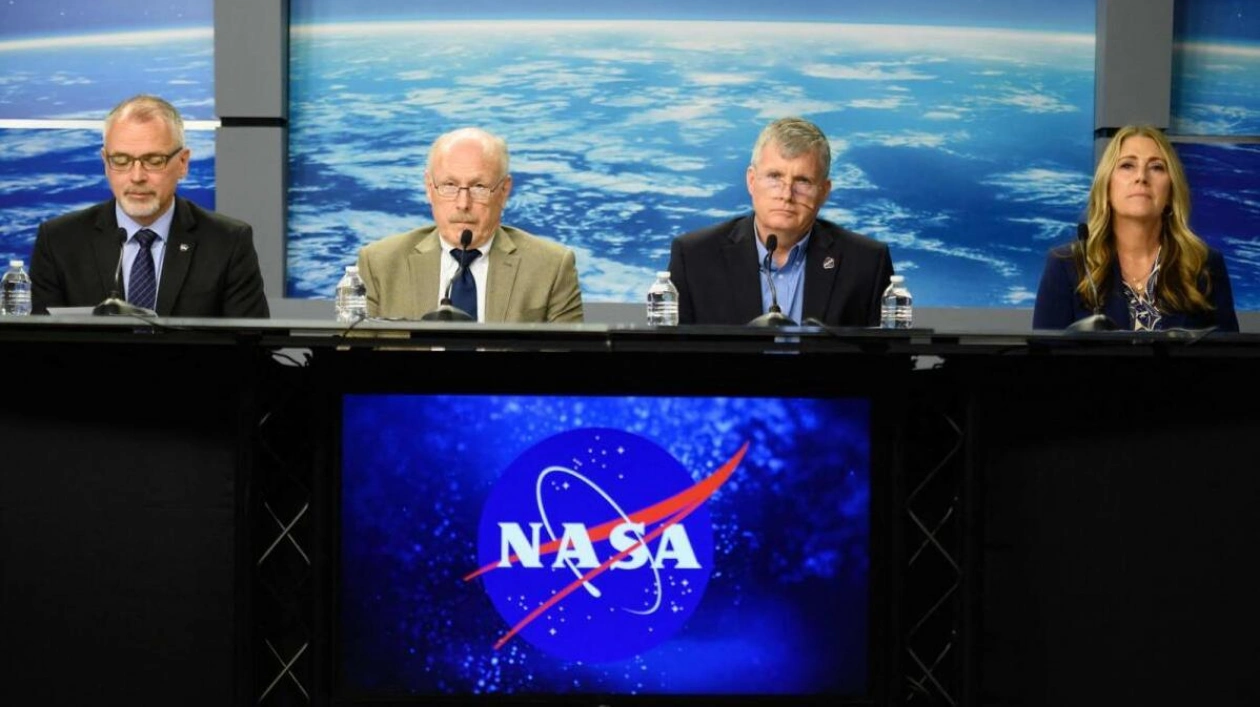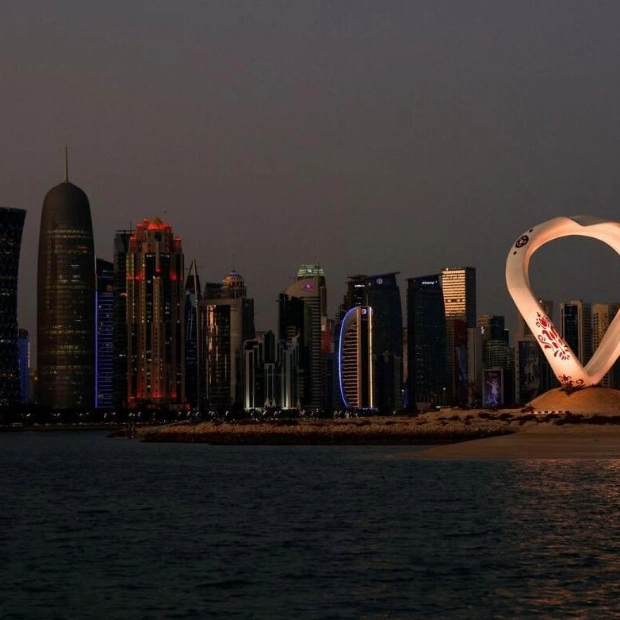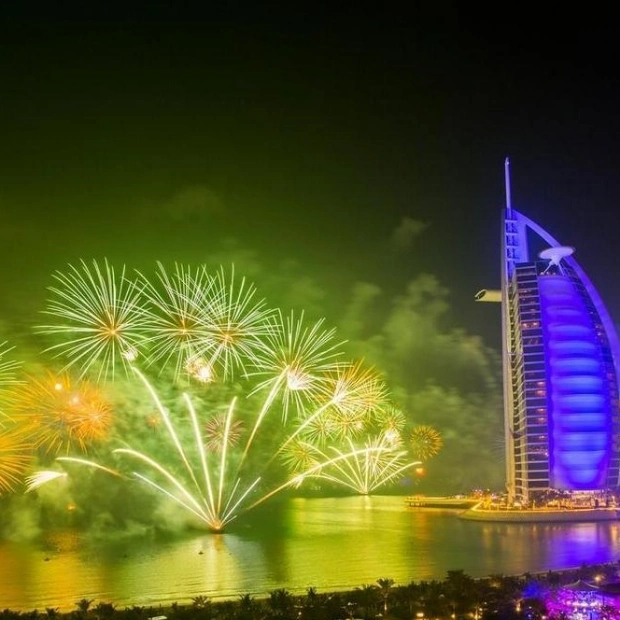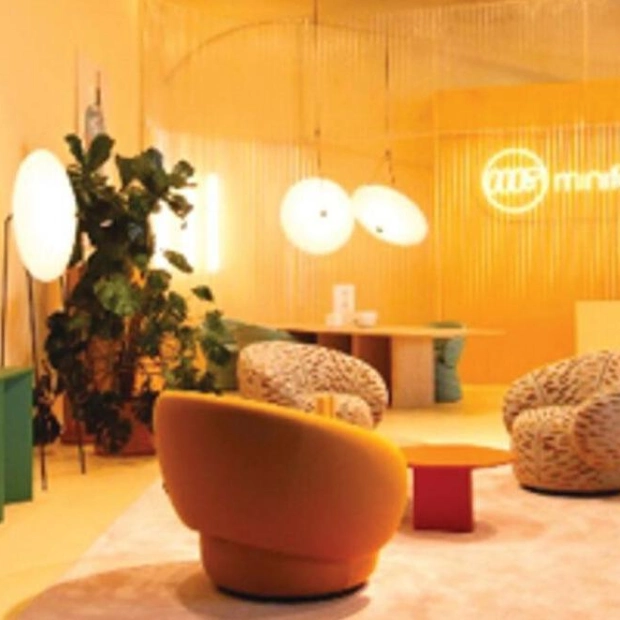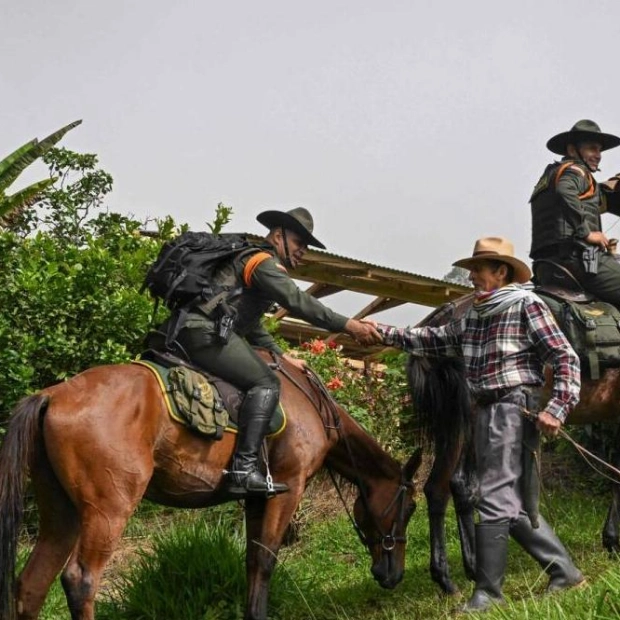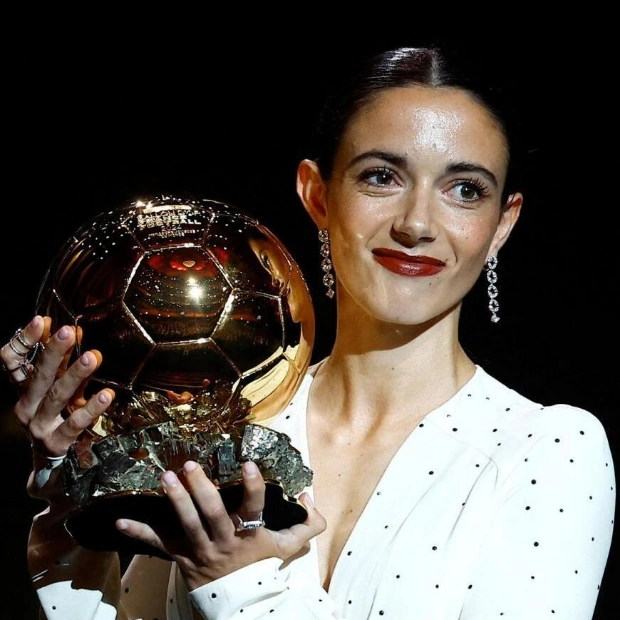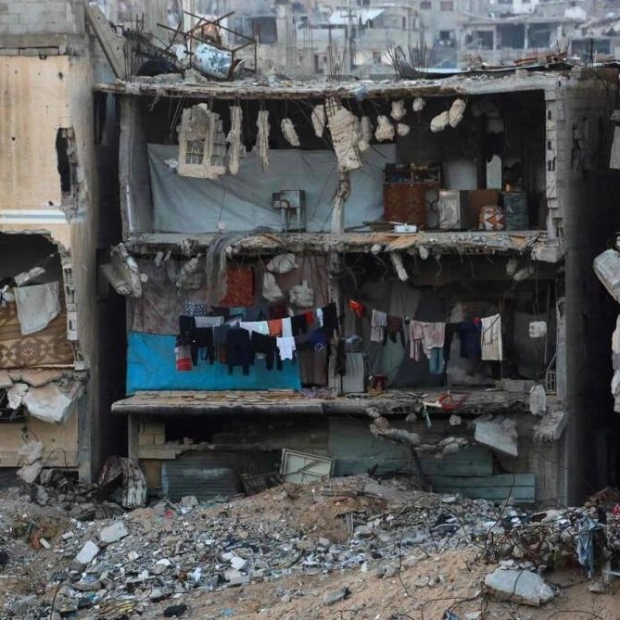Two US astronauts who arrived at the International Space Station (ISS) on Boeing's Starliner will extend their stay by six months and return with SpaceX, NASA announced on Saturday. This decision marks another public relations setback for the troubled aviation giant. The return of Barry "Butch" Wilmore and Sunita "Suni" Williams was already postponed due to thruster issues on the Boeing spacecraft. NASA Administrator Bill Nelson confirmed their return to Earth in February, with Starliner making an uncrewed return.
"Space flight is risky even at its safest and most routine," Nelson stated to reporters. "A test flight, by nature, is neither safe nor routine." He emphasized that the decision to keep the astronauts on the ISS and return Starliner uncrewed reflects NASA's commitment to safety, stating, "Our core value is safety." This approach allows NASA and Boeing to collect data on Starliner during its September return while minimizing risks to the crew, according to a NASA statement.
SpaceX's president, Gwynne Shotwell, echoed this sentiment on social media. This development adds to Boeing's challenges, as the astronauts will now spend eight months in orbit instead of the originally planned eight days. NASA officials assured that the astronauts have ample supplies and are prepared for extended stays. Despite these issues, Nelson expressed confidence in Boeing's future collaboration, aiming to maintain two vehicles for astronaut transport to and from the ISS.
Starliner, after multiple delays, successfully launched on June 5 with the two astronauts on board. However, issues arose the next day with helium leaks and spacecraft thruster problems. These issues led to an indefinite delay in the astronauts' return. Concerns about Starliner's propulsive power to exit orbit and descend to Earth prompted NASA to opt for a highly unusual solution: bringing the astronauts back on a previously scheduled SpaceX vehicle in February.
Senior NASA official Steve Stich explained, "It was just too much risk with the crew." Under the new plan, SpaceX's Crew-9 mission will launch in late September, carrying only two passengers instead of four. NASA and SpaceX are adjusting the Crew-9 Dragon's configuration to accommodate additional cargo and personal items for Wilmore and Williams. The SpaceX vehicle in February will return its own crew members along with the two stranded astronauts.
This situation further damages Boeing's already compromised reputation, especially given its recent safety and quality control issues in its airplane division. A decade ago, following the retirement of the Space Shuttle, NASA commissioned new vessels from both Boeing and SpaceX for ISS transport. SpaceX, however, has been the sole provider for astronaut taxi services for the past four years. This year's crewed Starliner flight, after extensive delays, was intended as a final test before regular operations.
